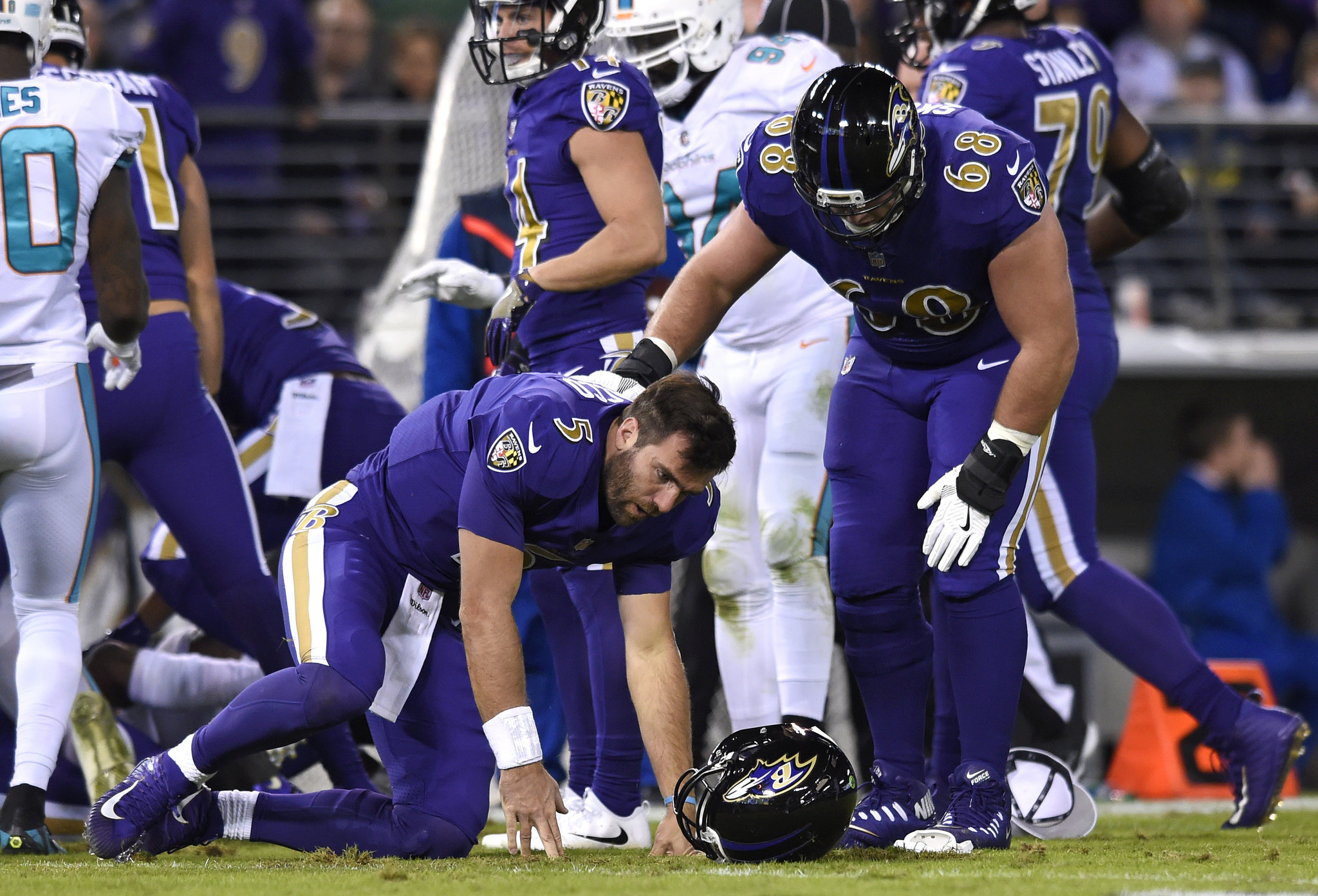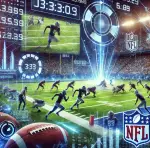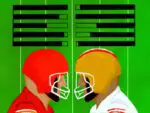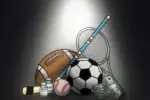The 2017 NFL season has been hazardous for starting quarterbacks. Hits during games have resulted in a fractured collarbone for Green Bay’s Aaron Rodgers, a broken arm for Arizona’s Carson Palmer and cracked ribs for Miami’s Jay Cutler, but that’s not the extent of this year’s injury-inducing gameplay. Tampa Bay’s Jameis Winston had to leave the game in Week Six after he was taken to the ground hard on his shoulder. Baltimore’s Joe Flacco was placed in concussion protocol following a vicious hit to the head during Week Eight. And now, there’s suggestion that Houston’s Deshaun Watson may have injured his knee when a defensive player jumped over a running back and rolled into his leg.
Combined, that’s a total of six starting quarterbacks who have had defensive players get the best of them. Believe it or not, we’re only halfway through the season. Overall, injuries to players in all positions seem to be unprecedented, considering the fact that many of the injured players are starters. Is this just an unlucky year for quarterbacks, or is there a larger issue that needs to be addressed?
A Look at the Numbers
Looking at statistics, NFL injury research from 2016 showed it to be a good year with only thirty-five games missed by starting quarterbacks due to injuries. The average games per season missed is seventy-five. However, that 2016 data may be statistically skewed based on the timing of injuries that came late in the season. It certainly affected people who bet on places like FanDuel sportsbook. Participants on this website either won big or lost a bit depending on which way they wagered.
The six quarterbacks mentioned in this article alone are expected to miss a total of approximately thirty-two games. That’s pretty close to the entire total of 2016’s quarterback injuries. This year has been notably hazardous for all positions, with two hundred and ninety-five players being assigned an injury status as of November 1. That number is up from two hundred and seventy-seven at the same time in 2016. Judging from the numbers, it does appear that there is cause for further investigation.
The loss of so many quarterbacks is particularly concerning since much work has been done to protect team passers. For instance, the 2009 season saw clarification to rules regarding hits to a quarterback’s knees, partially in response to Tom Brady’s knee injury in 2008. An NFL video for the 2016 Rules Changes and Points of Emphasis explains that players “must avoid making forcible contact” in those situations. The same season’s points of emphasis for game officials also included protecting sliding runners, who are usually quarterbacks.
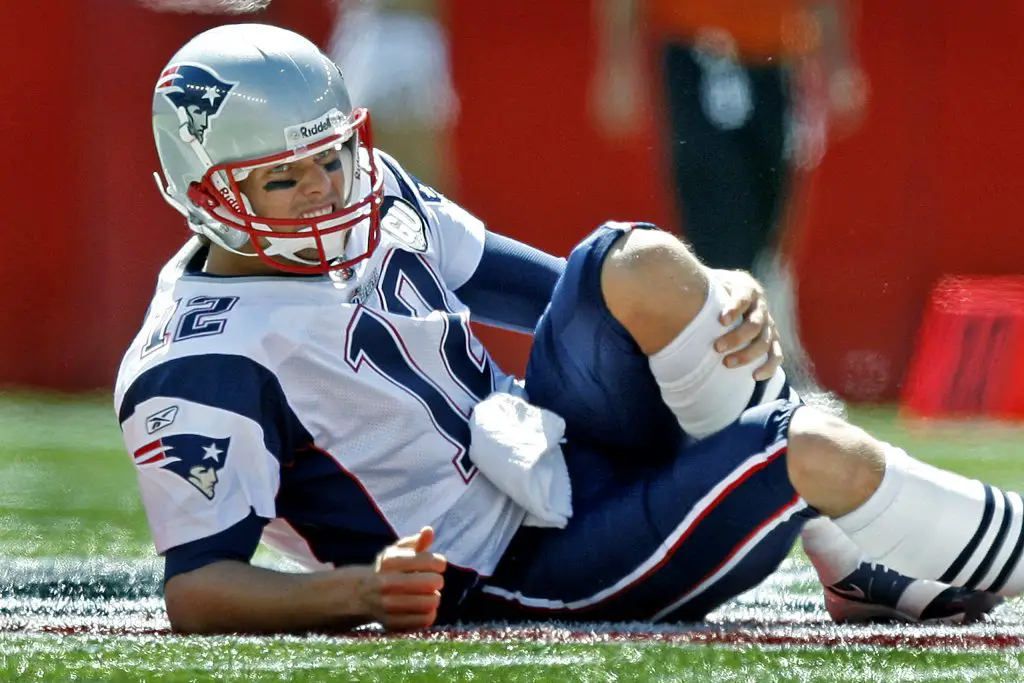
The additional protections have not been received well by all fans and experts. Some argue that more rules and limitations only work to soften a game that is violent by nature. Others have even pointed out that additional protections for quarterbacks give an unfair advantage to players who run the ball often.
Nonetheless, the modern NFL can thank offense-favoring changes going back to 1994 for helping it to become as high scoring and as popular as it is today. Star quarterbacks at the center of the game are crucially important to a team’s success. As former NFL quarterback Warren Moon explains, “If you don’t have someone who can be productive at that position, you’re not going to win many games…there’s a huge drop-off from the starter to the backup.”
A quarterback’s health is vital to any team’s performance, so it’s understandable to see fans devastated when injuries occur. Former coach and NFL Network analyst Steve Mariucci echoes Moon’s sentiments about the key role that quarterbacks play in the sport’s success. “We’re all smart enough to know that the marquee quarterbacks are one of the reasons why so many fans are interested in football,” he says. Given this dynamic between the rise in popularity of the game and the role that quarterbacks play, there is considerable value in exploring how we can build upon existing protections to further minimize their injuries. But what else can be done?
Eight is Better than Seven
Roughing the passer penalties have proven to be tricky for officials during the past few seasons. While the number of pass attempts has significantly increased in the last several years, penalties called for roughing the passer have stayed the same. This discrepancy is partially attributed to the fact that only one official can call penalties involving the quarterback. This can make it difficult to put a priority on quarterback safety. An official’s view can become obstructed during the play, or they might miss a questionable hit altogether.
Former NFL referee Jim Daopoulos agrees that perhaps a team of eight officials would be better than the current team of seven. This would theoretically provide two sets of eyes on a team’s passer. The 2017 Official Playing Rules of the NFL explains “special rules against roughing the passer apply” because “the act of passing often puts the quarterback…in a position where he is particularly vulnerable to injury.”
It only seems logical to place an extra official on the most vulnerable player in the game when safety is a priority. Fox Sports analyst and former NFL vice president of officiating Mike Pereira also sees value in re-examining the assignments of NFL officials. “You could say it’s a bit outdated,” he says about the current placement of officials on the field.
The league has already tried out this eight-official team in the 2016 preseason, but only to “focus on the center and the two guards” according to an update on what the NFL called an experiment. It would be interesting to see if this arrangement could be more effective when calling roughing the passer penalties.
Are Flags and Fines Enough?
Penalties for roughing the passer in the NFL include a loss of fifteen yards and automatic first down. Disqualification is possible, if flagrant. But what if ejection was used as a penalty more often? Targeting a defenseless player in NCAA competition results in an automatic ejection in addition to other penalties. Pereira concludes that applying disqualification penalties in the NFL as they do in the NCAA could “make a powerful statement.”
While enforcing harsher rules seems like the most obvious way to discourage flagrant hits, there are valid concerns about this approach from both fans and players who worry that piling on more consequences isn’t always fair, especially in situations when a call like roughing the passer can be a subjective judgment. Most can agree, however, that deterring hits like that on Baltimore’s Joe Flacco and Kansas City’s Alex Smith this season may prove to be one of the NFL’s toughest dilemmas. In theory, preventing these fouls might help quarterbacks lead safer and longer NFL careers.


